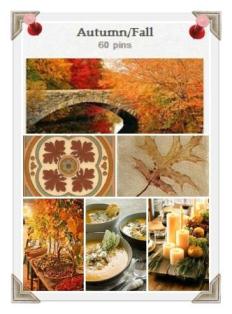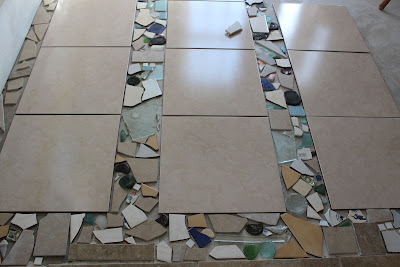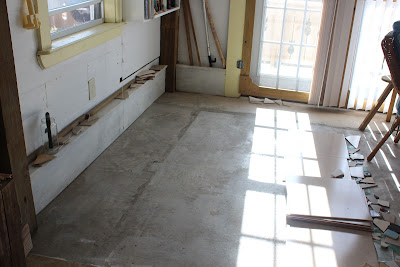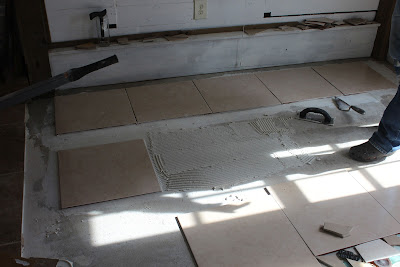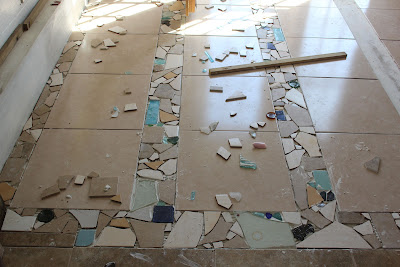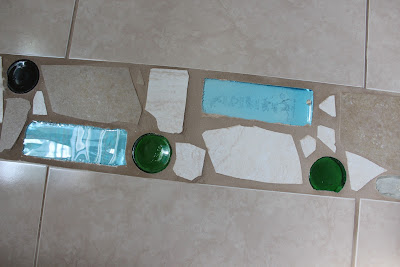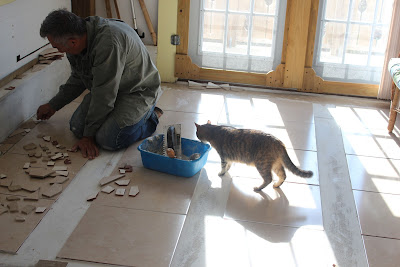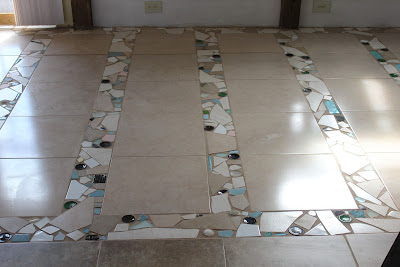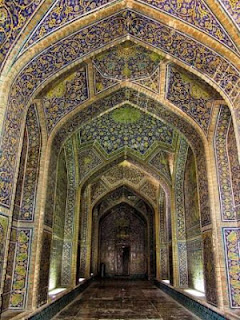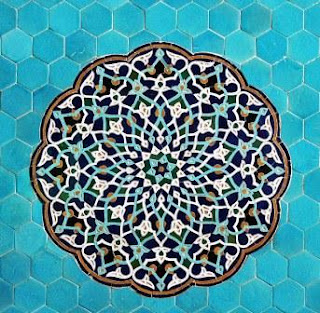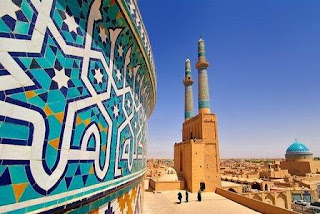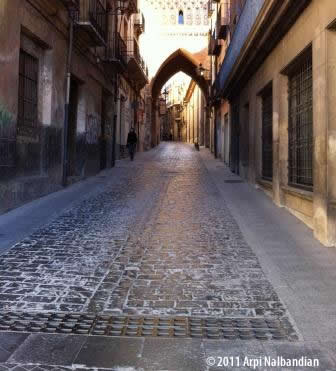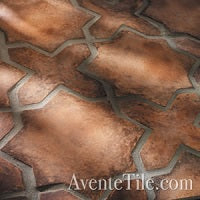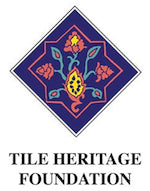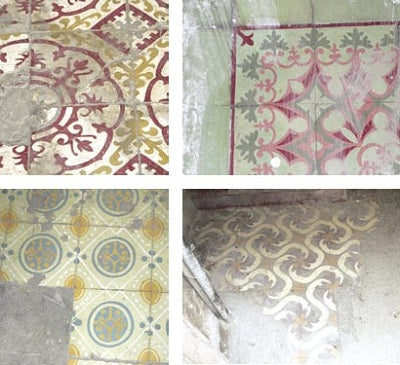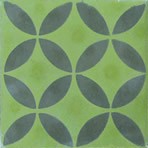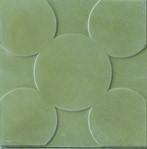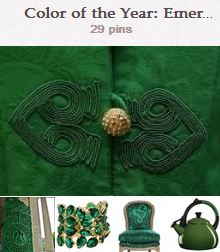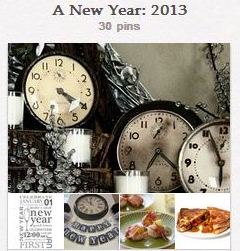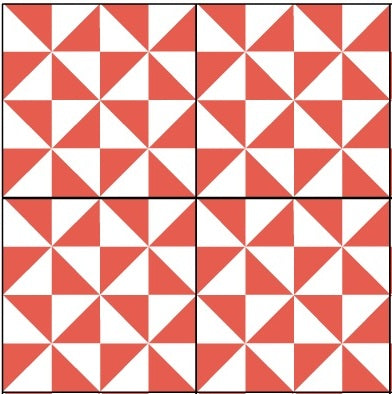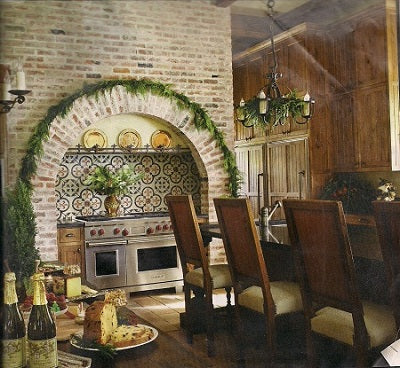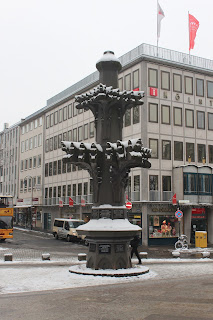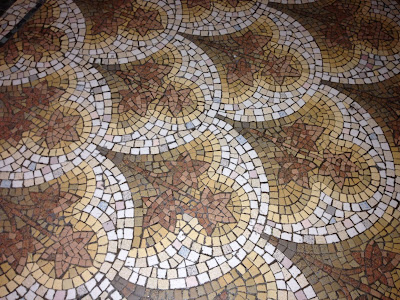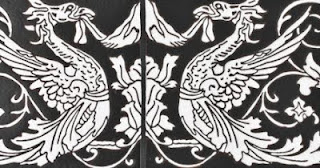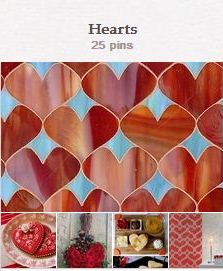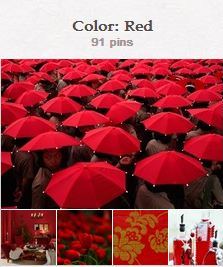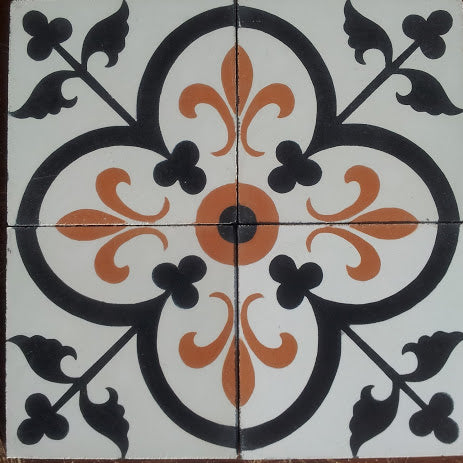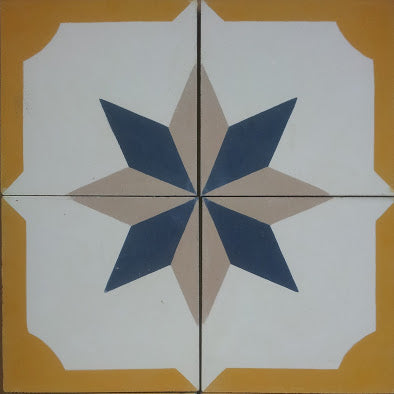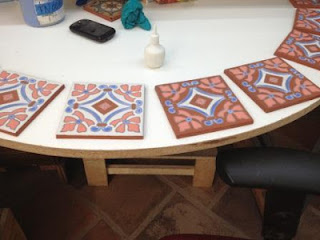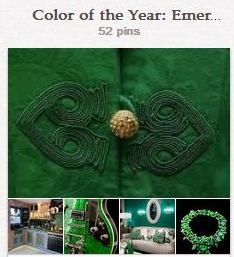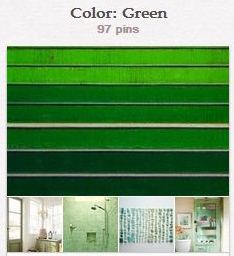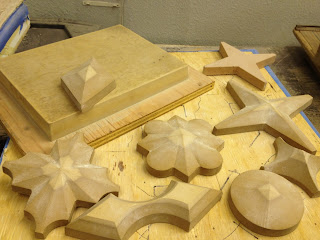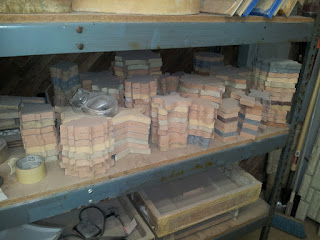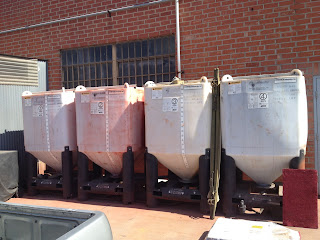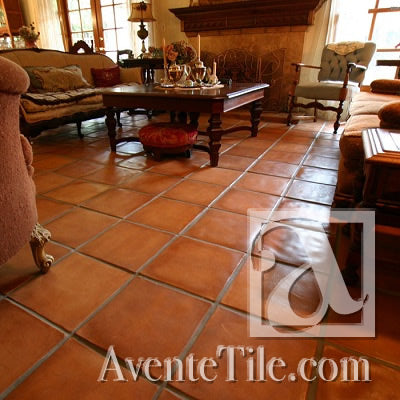
Cotto Gold Rustic Pavers in a 12x12 Format
Rustic Cement Tile Pavers Come in a Variety of Colors & Sizes
Right away you'll notice that these Cement Tile Pavers have a handmade appearance with a slightly irregular edge, face and finish that creates a rustic look. They have the rich look of classic clay bisque tiles that have been used in Spain, the Mediterranean, and northern Africa for centuries. With these pavers, you get the best of both worlds: the look of clay bisque and the benefit of cement. Cement tiles offer durability and strength, a broader color pallet, and sizes and shapes that can be adapted to any decor and environment.
Where to Use Cement Tile Pavers
This line of cement tiles is our most versatile ever. It can be used on wall and floor applications for both indoor and outdoor applications. It is also rated for pedestrian and light vehicular traffic so it's great for commercial locations and driveways, too! Unlike most other cement products it's also rated for freeze/thaw cycles. What does all this mean for you? Basically, you can use this tile just about anywhere and you'll see fantastic results. Because cement tile is porous, you will need to apply a penetrating sealer to protect them from staining and preserve their color and original appearance.These tiles are made in the USA and the majority of raw materials are locally sourced to minimize transportation impact. Cement for these tiles is supplied by an Energy Star Certified factory and include varying amounts of recycled content.
Rustic Cement Tile Paver Formats
Our Rustic Cement Tile Pavers come in various square and rectangular formats. All tiles are 3/4" thick nominal thickness. You'll find square formats from 2"x2" to 16"x16"; rectangular formats from 2"x4" to 8"x16".
Mission Red Flash Rustic Pavers with Different Sizes & Random Layout
Rustic Pavers Come in Many Sizes
A few square formats also include clipped corners to accommodate decorative accent tiles. Our Malibu deco tiles tiles are the perfect choice to pair with these Spanish pavers. Use this combination with the smaller 4"x4" formats to make a great looking backsplash or for stair risers.

Rustic Cement Tile Paver Formats and Sizes
Rustic Cement Tile Paver Colors
Unlike Spanish pavers, these tiles are available in thirty colors and two blends. The colors are available in two styles: solid or flash. The Paver Color Palette includes classic bisque colors in terracotta, red and brown hues that provide traditional style. These classic styles take their cues from clay bisque that would be historically used to make Saltillo tile, brown Spanish pavers, and red clay tiles. You'll also find an extensive collection of more contemporary colors including subtle greys, green, plum, rust and tan.Expect variation in all the colors because this is a hand-crafted product that replicates natural variations that you would find in many clay products, like Saltillo tile. The flash colors are intended to exhibit a high degree of variation in both the shade, tone and saturation of the color. These tiles have "through-body" color because, the color goes all the way through the tile. The color is added to the concrete during the mixing process.
Explore our Cement Tile Paver Collection
Curious? Take a look at our Rustic Cement Tile Pavers and see if there is something that catches your eye.What do you think of these Rustic Cement Tile Pavers? How would you use these tiles?
- Bill Buyok, Avente Tile





